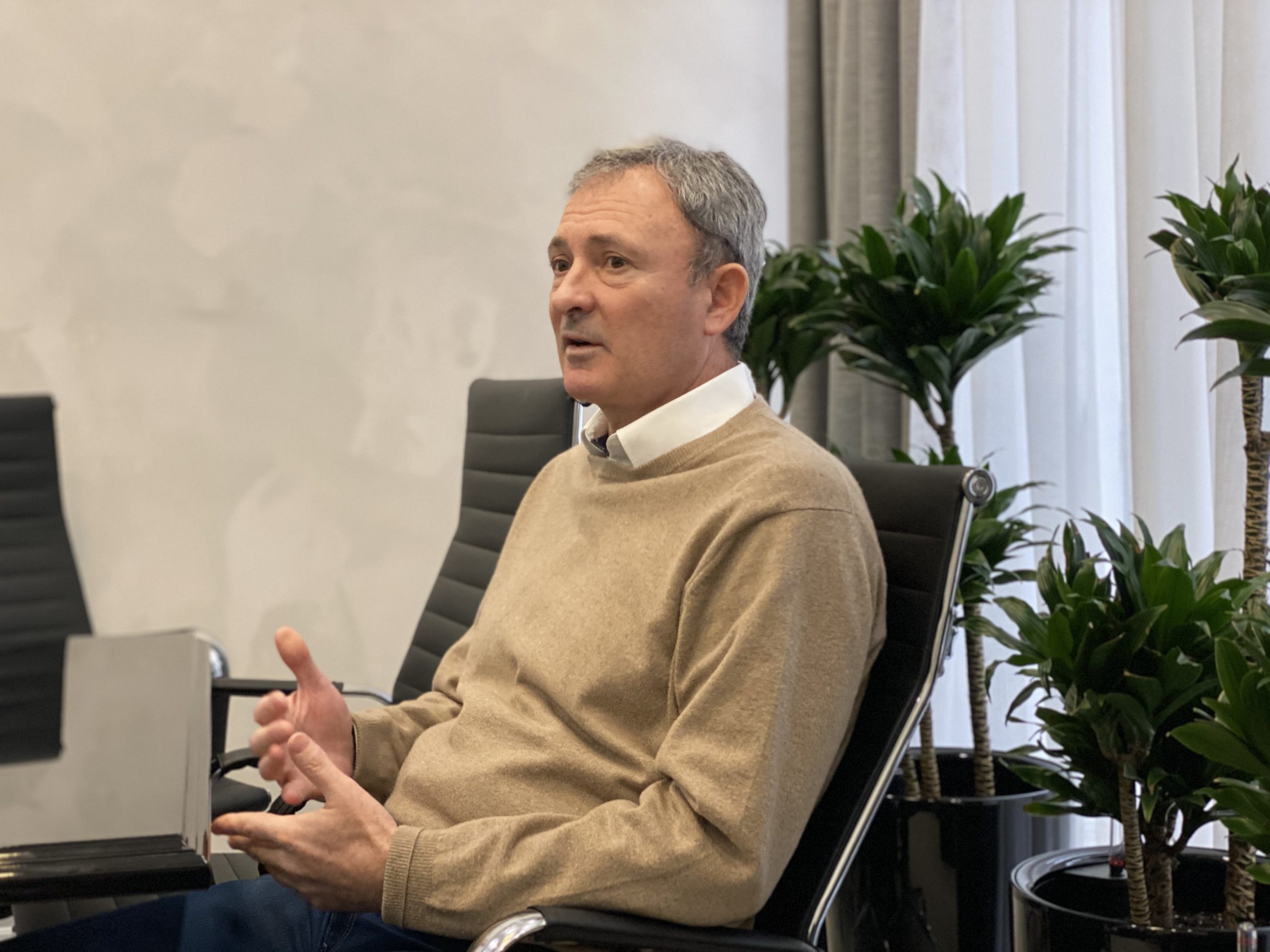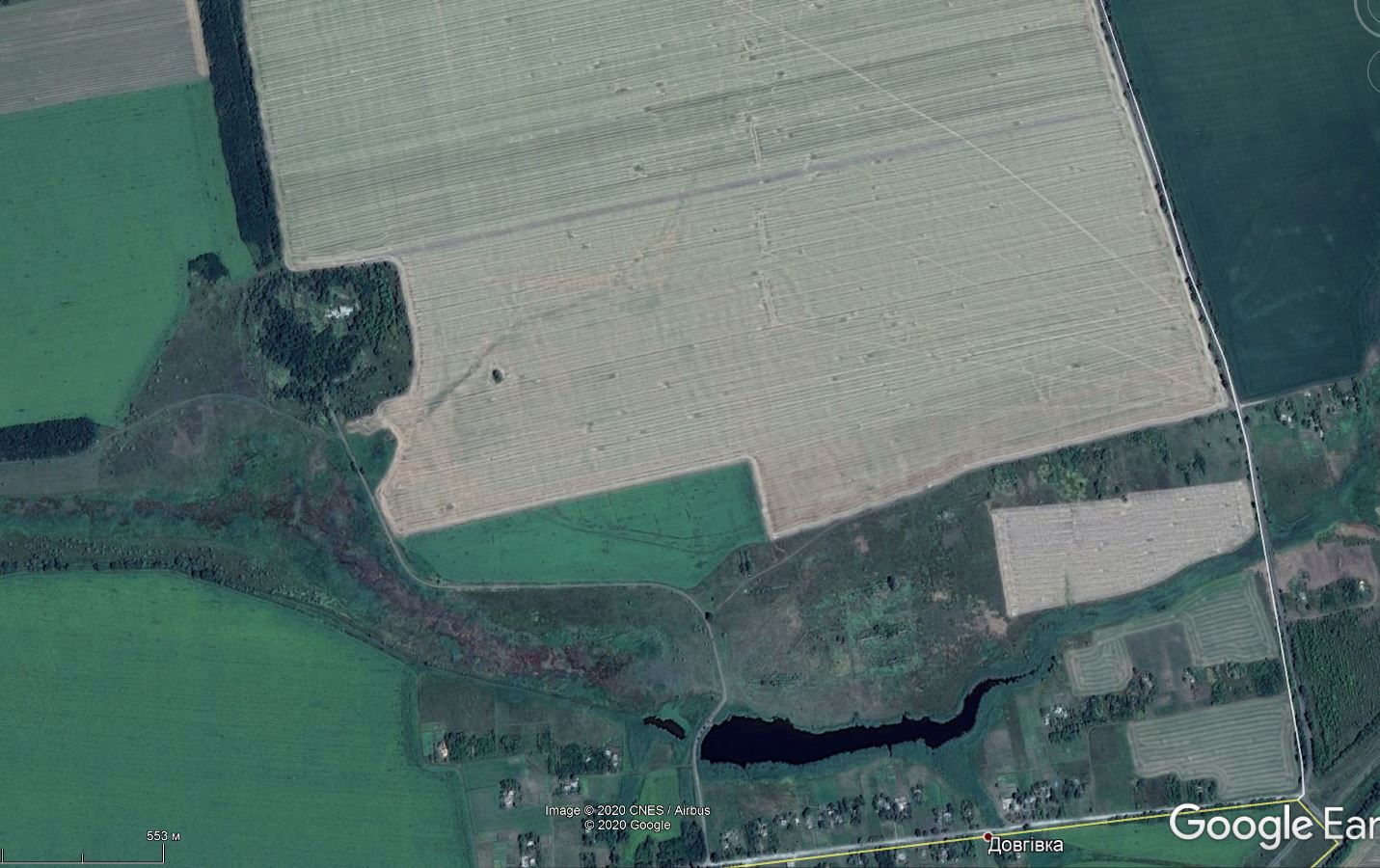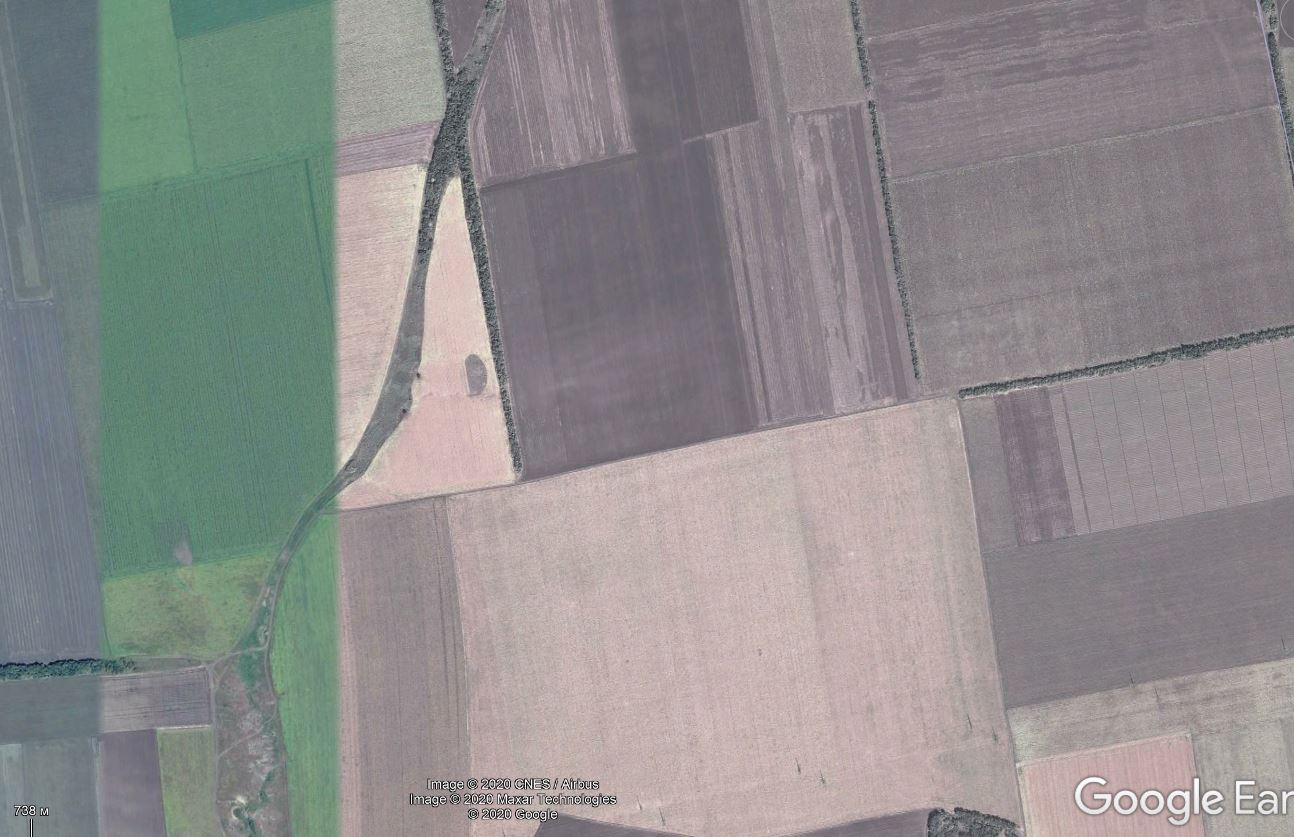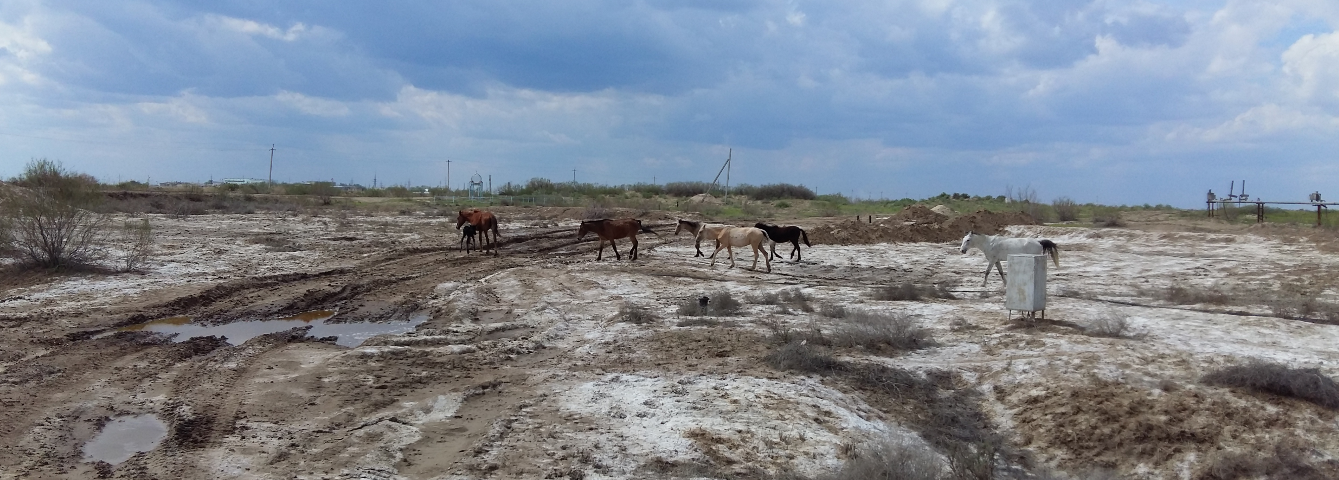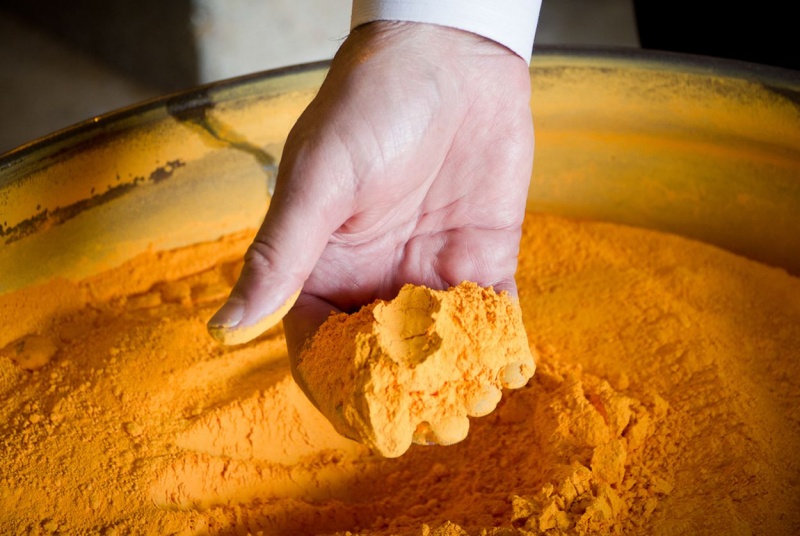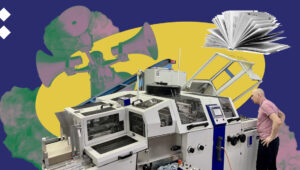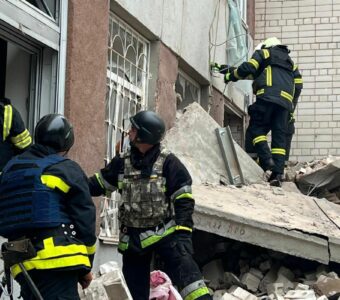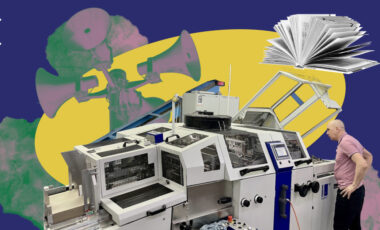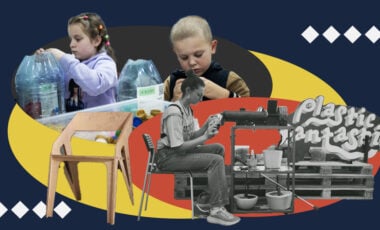"Uranium is mined in subsoils, and pasture is on the surface." Why Ukraine needs uranium mining
In the Dnipropetrovsk region, they plan to use technology, unique to our country, for extracting the primary element, without which it's impossible to generate the lion's share of electricity in Ukraine. How will it work?
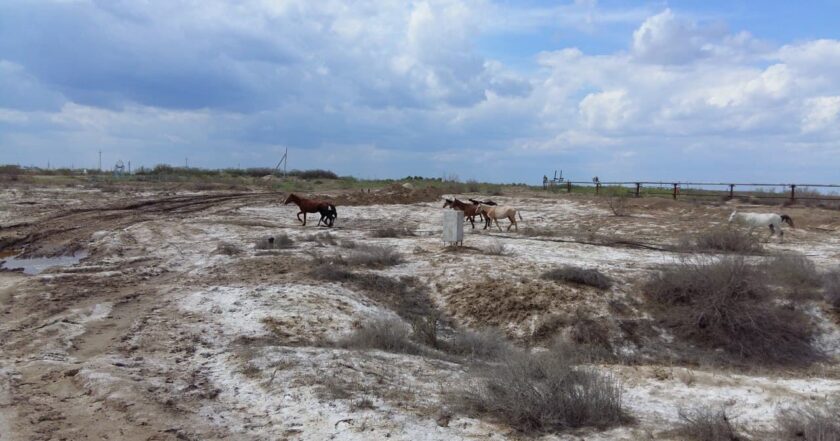
Horses in the fields where uranium is mined in Kazakhstan
Every year it seems more and more that the entire world is about to enter the euphoria of the green energy trend and we won't have to worry about anything else: neither air pollution, nor climate change, nor a failing economy and rising electricity prices. The future, in the long run, is likely to sound like that. But from a realistic point of view, Ukraine and other countries are extremely far from a green utopia. However, even now, in 2021, and not many years later, the number of emissions will help to reduce another type of energy, considered the most environmentally friendly in terms of decarbonizing our atmosphere today: nuclear energy.
Today, many European countries are seriously thinking and acting toward increasing the share of nuclear energy in their energy production. After the EU regulation of emissions, Finland, the Czech Republic, Romania, Hungary, Bulgaria are turning towards nuclear energy to save the environment without destroying their economy. Thus, in Belgium, nuclear energy accounts for almost 50 percent of the country's energy; in the Czech Republic and Finland, it's more than 30 percent. Finland is also recognized because it's building not only a nuclear power plant but also underground storage facilities for used nuclear fuel. This thoughtfulness makes it one of the cleanest countries in Europe and the world.
Yurii Bakarzhyiev, Chief Executive Officer of Nuclear Energy Systems of Ukraine (NESU), the first company in Ukraine to extract uranium, indicates: "I always say green energy is the possible future of the planet, but for our country and its economy, it's just a trend so far. It's not just about an enormous price difference. For any person who understands at least a little what the country's energy balance is, it's apparent that alternative energy in Ukraine is developing solely because we have powerful nuclear generation. And it's great; but when the media states that nuclear energy needs to be closed and we should live from the sun and wind, then it becomes scary. How can one say such incompetent things? Nuclear generation is definitely the only engine of our economy from an energy point of view." Together with the NESU, we analyzed why Ukraine needs to implement its energy security strategy. It's especially relevant given the government's discussions on increasing the production of its own uranium in the volumes required by Ukrainian nuclear power plants.
"Ukraine needs to be less dependent on foreign uranium"
In Ukraine, more than 50 percent of the generation is nuclear, environmentally friendly energy. Uranium is a component of the nuclear fuel required for the operation of nuclear power plants. Today, Ukraine depends on external supplies in this matter, including on Russia; there we buy fuel for our nuclear power plants. Now we're mining uranium for fuel but only 30 percent of what we need, although we have the opportunity to increase this volume.
It's a worldwide practice to use its own uranium raw material base to ensure its nuclear power generation. This is how China operates with the most powerful program for constructing new nuclear power plants in the world; Canada and India do it too. Remembering Finland again, considering the construction of a new nuclear power plant, they're actively investing in prospecting for uranium on their territory. In the USA, the story is the same; when a report was presented in 2019 that their nuclear generation consumes only a few percent of its own uranium, and they import the rest, they immediately launched restoration and development of its own uranium deposits.
Ukraine, like any other country, faces not only an economic issue (it's cheaper to mine its own uranium than to buy it from abroad) but also a security issue: energy is directly related to state security.
The good news is that Ukraine has a powerful raw material base of uranium, and if we wanted to, we could provide ourselves with the needed amount of raw materials, decreasing our dependence on imports.
"I'll repeat myself, we have no prospects without nuclear energy, and there is no way around it," Yurii Bakarzhyiev shrugs, "but we extract only 30 percent of our raw materials, and these numbers are falling all the time; mining enterprises in Ukraine are literally collapsing in front of our eyes." It's one of the reasons the NESU works specifically in uranium mining: projects in subsoil use are usually complex, the period of return on investment capital and profit is long: "Nevertheless, our investor (well-known Ukrainian entrepreneur Hennadiy Butkevych, – Ed.) enters this market to help the country. What for? To be energy-independent: the less we give away our products, the more Russia invests in pins of its products. The more we become dependent."
Ukraine is not the only one aware of this scenario. Not so long ago, feelings ran high around the Surske deposit in the Dnipropetrovsk region. Reports began to appear in media about potentially irreparable harm to the environment, a pumped blue liquid in subsoils that "surfaced in Poland," and the danger of contamination of groundwater in the region… You can clearly see the paid-for nature of these publications and the attempt of individuals to earn various dividends on this topic and not a concern for residents and the Dnipro region.
"The initiation of this entire situation was originally from Russian websites," Yurii Bakarzhyiev explains. "Of course, we understand that the residents aren't indifferent to the fate of their region and it's absolutely normal, but with any issue, we need a balanced constructive approach to undertstand the situation objectively."
Is uranium dangerous?
In fact, uranium mining is a multi-stage process, and each stage undergoes state examination. That is, the state first ascertains the safety of mining from a social, environmental, and technical point of view. Environmental Impact Assessment (IIA) is one of the first stages in subsoil use projects, which shows what impact they can make on the environment. The NESU is now at the initial stage with its project, the Surske deposit.
Environmental impact assessment is a special procedure, a separate and high-priority step for any project. It takes place exclusively under the law of Ukraine. First, one assesses the current environmental situation in the selected area, then one calculates the potential impact on the environment that the construction and operation of an enterprise may make during production. The assessment is carried out by the leading institution of Ukraine in this area, the State Academic Institute of Environmental Geochemistry. It's an independent institution. Moreover, several specialized laboratories are involved in the assessment. They carry out the necessary analyses and measurements, and as a result, they present the final picture. Based on the assessment, the enterprise is provided (or not) an expert opinion on the execution of works; everything is under the legislation of Ukraine. Anyone can find the information on the assessment and get acquainted with it in the public domain on the website of the Ministry of Natural Resources.
According to the project, uranium mining there will be carried out by in-situ leaching, currently the safest method for the environment in the world. Using the method, absolutely all processes happen without contact with the environment, and solutions have no chance of getting into the environment both on the surface and in the subsoils.
"Today this method has become very widespread. They extract not only uranium with it but also copper, nickel, salts, etc. People have long understood that it's an absolutely environmentally friendly method. After completing work in 2-3 years, we can see corn and sunflower already growing on the place of the wells," Yurii Bakarzhyiev.
For example, Kazakhstan has deposits where uranium is being mined full blast, and there's a pasture on the surface, right among the wells.
"There's a network of wells, and horses graze between them. And we can have the same thing!" the expert cites evidence.
Impact on the environment
What do people worry about the most? Perhaps about water. However, this method of extraction is notable because nothing penetrates the aquifers.
How does it work? The ore at the Surske deposit isn't in the aquifers where the water supply is taken from. Wells are drilled, an acidic solution is pumped there, and a solution saturated with uranium salts is pumped to the surface. All this happens in a closed cycle; the solution is pumped in and the same amount is pumped out for processing, so there's no contact with the environment, i.e. neither underground nor on its surface.
It should be noted that a 3% solution of sulfuric acid is pumped into the subsoil during the ore acidification and a 1% solution during operation. Regular salad vinegar has the same indicator of 9%. "Danger is out of the question," Bakarzhyiev stresses.
Another aspect that scares people is the word "radiation." "It happens because of associations," Yurii Bakarzhyiev replies. "We're dealing with natural radioactivity here. The radioactive background that exists on the planet ranges from 14 to 80-100 micro-roentgen per hour (the latter indicators, for instance, can be observed in granite quarries). Our ore in its normal state gives only 50 micro-roentgen per hour. It's in the safe background range. In the city, in places with granite paving stones, this figure can reach 40-50 micro-roentgen. These are normal numbers."
Social commitment
When entering a new deposit, NESU always tries to be as open as possible in communication with local communities; the company also makes social commitments. Besides enormous taxes, most of which go to the local budget the community disposes of at its own discretion because of decentralization, it also means creating jobs. So, about 150-200 jobs with decent salaries will be created, which is a serious plus for the region.
Besides, we conclude Social Agreement; it's a kind of assurance for the company that it comes to the community with serious and long-term intentions and is ready to take on the social burden to improve the life of the local population. For instance, in the Mykolaiv region at the Safonovske deposit — the first NESU project — in 2020 alone, the NESU allocated about 500,000 hryvnias for the needs of the community. With this money, they repaired the kindergarten, bought what they needed for the local school, arranged for street lighting… Moreover, the community residents managed the money themselves.
"We live in this state, invest a lot of money in the development of industrial infrastructure so that our economy can develop and improve the standard of living of our people," Yurii Bakarzhyiev says. "We're always open to dialogue and hope to implement an innovative project for Ukraine."

Mining uranium: how safe is it and why do it? Myths and truths

"There is no future for Ukraine without atomic energy". The interview with director general of the first uranium mining private company
Source: Dnepr Vecherniy


